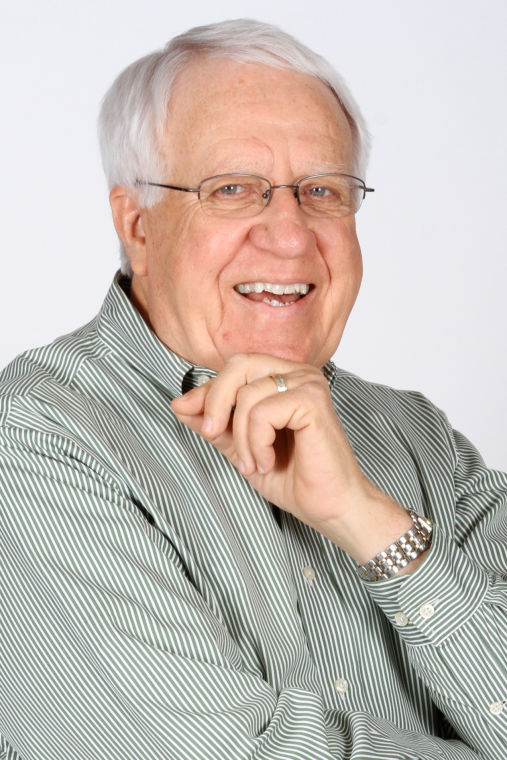
Alexander William Kinglake is a name snuggled deeply inside of all-knowing Google. He was a 19th century lawyer who gave up his legal practice to become an author, best known for a single proverb: “Sticks and stones may break your bones, but words will never hurt you.”
It is believed that Kinglake’s intent was to help children understand that sticks and stones were to be avoided, but words, not so much. Further, he recommended that hurtful words should be “pushed out the other ear” without delay.
Okay, I’m ahead of myself. During my first-grade year of 1944, my view of injections was skewed greatly by an unannounced onslaught of vaccinations….
*****
That was then and this is now, however. Kinglake’s expression may have served well at the time to remind youngsters to avoid taking some words too seriously, but today, it is so much bunk. His proverb may have held water many decades ago, but along the way, it has become a leak that now gushes. Many words hurt.
To me, the proverb started falling apart in 1944. Soon after beginning the routine of going to school, we learned to dread the arrival of a lady dressed in white, reeking of rubbing alcohol. She’d take the stage of the auditorium, thus permitting clearest views and sounds.
Before leaving our desks, we’d hear the assorted shrieks, yells, moans and cries of all the grades before us, first-graders being last. There was no air-conditioning, so doors and windows were wide open, allowing us to enjoy puffs of fresh air as well as an unending cacophony of sounds suggesting that the inoculation injections were not being well received….
*****
It is my first memory of shots, and it won’t go away. I still dislike them.
Further, this may have marked the beginning of bullying–verbal abuse, if you will–developed by second-graders who were given to taunting.
They had been first-graders a year earlier, remembering keenly the scary words and other sounds sent their way on “shot day.” Some of their comments are lodged in my mind, like a shred of food holding out against probing toothpicks….
*****
Here are some of their comments; see if you agree:
“She can’t help it if she looks like a witch, but surely she could suppress that fiendish laugh. The nurse learned how to give shots in the army…. She ran out of regular needles, so she borrowed one to use today from a veterinarian…. I heard that she gave a shot at another school yesterday and broke the needle off in a kid’s arm; they had to take him to the hospital…. They say she has an alcohol problem, and it ain’t the ‘rubbing kind.’ Maybe that explains her ‘wobbly’ injections. They say she has really hard times on Mondays.” (We seemed always to be on her Monday calendar.)
It should be noted that she appeared twice, since I think she had at least four shots to “share” with us: measles, whooping cough, diphtheria and mumps, limiting her “sticks” to one in each arm….
*****
Since then, my fear of injections has lessened, but has far from disappeared. Newscasts with the latest COVID accounts are almost always accompanied by close-up shots of needles entering arms.
Why, pray tell? Must we view the entire process?
Continuing to see needles entering arms is cruel and unusual punishment for bunches of us who were herded through vaccination lines starting in 1944….
*****
My eyes twitch when conversations lead to negative word associations. Expressions like “looking for needles in a haystack,” “stitches in time” or “needling pranksters” inevitably lead to thoughts of hypodermic needles. Arrgghh!
When my wife and I got COVID shots the other day, she complimented the nurse, saying she hardly felt the needle. The shot-giver said that needles are much improved.
For me, “much improved” needles are more than 80 years too late….
*****
Dr. Newbury, a longtime university president, continues to write and speak regularly. Contact him at 817-447-3872, or send email, [email protected]. Facebook: Don Newbury. Twitter: @donnewbury.